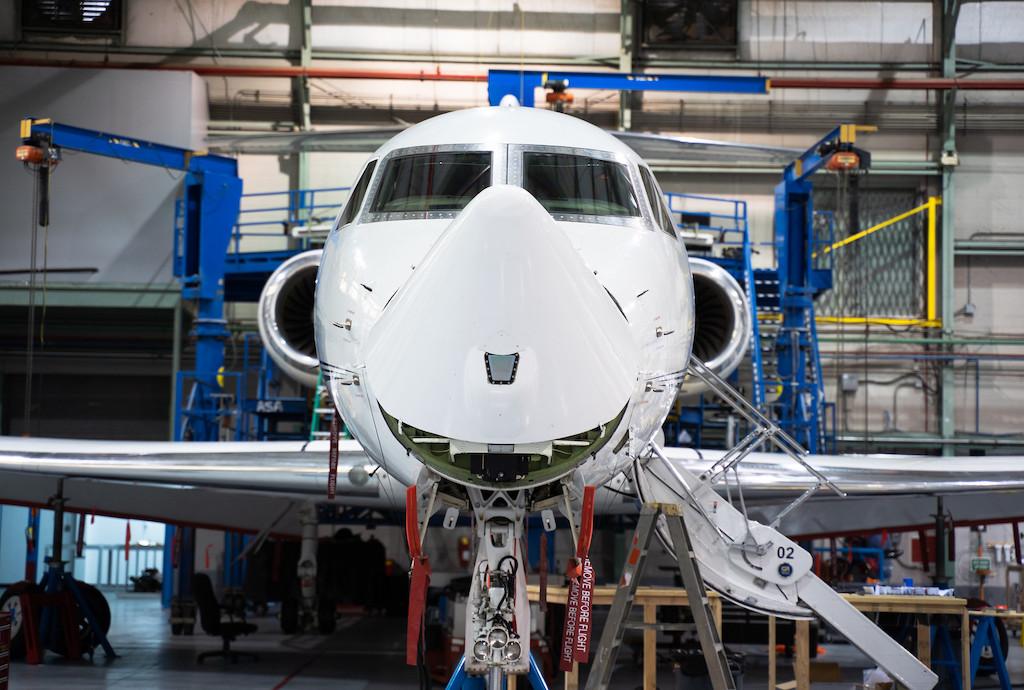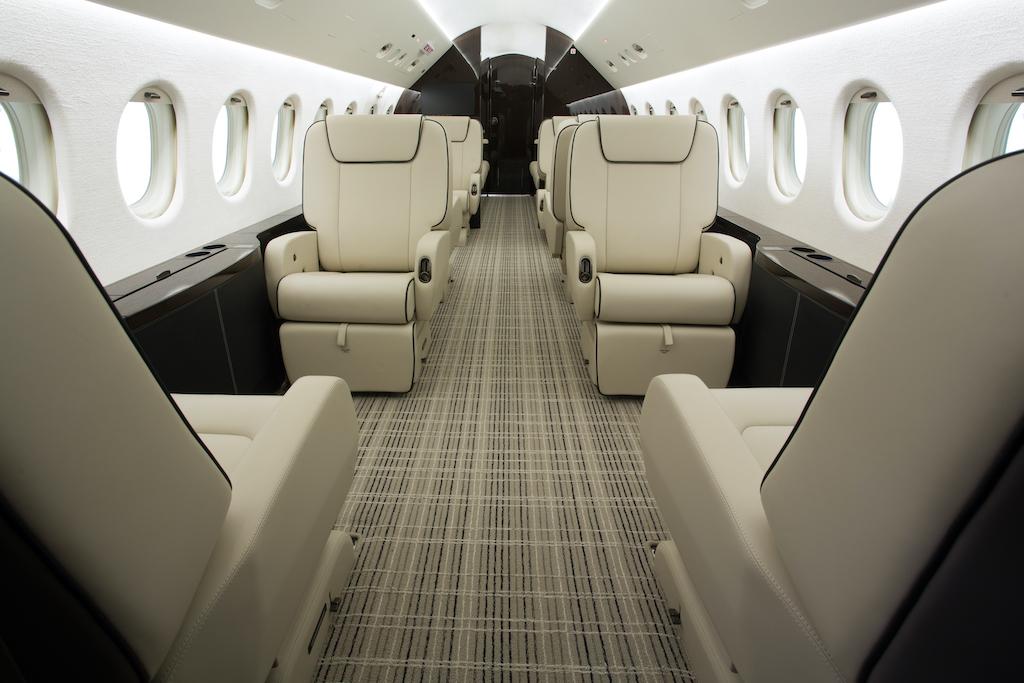Business Aircraft Post-Pandemic Mods, Part 1

As the world gradually unwinds from the worst days of the COVID-19 pandemic, business aircraft MROs are seeing a surge in demand for upgrades and modifications.
“When the pandemic took hold, maintenance tasks would have been stripped back with depleted flight hours,” noted Robin Dunlop, a partner in Altea, a London-based consultancy focusing on business jets, helicopters and regional airliners. “As flight hours increase those tasks will now be more pressing—if not urgent.”
Coupled with this is another dynamic—a run on the pre-owned aircraft market with a scarcity of available inventory. According to Paul Cardarelli, vice president of sales for Jetnet in Utica, New York, only about 7% of the global in-service fleet of business jets is currently for sale. “With availability below 10%, we are entering the post-pandemic world with a strong sellers’ market in place,” he explained. “Buyers in search of late-model, low-time, clean aircraft have few to choose from.”
As Cardarelli points out, the market for available aircraft was starting to slow by the fourth quarter of 2019, due to the then-unresolved Brexit issue, a contentious U.S. presidential election, and the release of post-recession pent-up demand that was largely satiated in 2018 through 2019. “What remained were many older jets in excess of 15 years of age,” he said. “These tend to be regarded as market irrelevant by many of the brokers and financiers who facilitate the mainstream, pre-owned business jet market.”
To illustrate, Cardarelli reported that, according to Jetnet data, for the first six months of 2019, total pre-owned business jet transactions—including lease agreements and whole (not fractional) retail sales—numbered 1,165, out of a composite inventory of 2058 jets available for sale. For the same period in 2020, the total was 967 out of 2,239 on the market—down 17%.
For the first six months of 2021, however, Jetnet has noted some recovery to 1,207, up 25% over the same period in 2020—despite a depleted inventory of just 1,663. “For the MRO upgrade and modification market, this could have some significance,” he said.
Slower Future Depreciation

But there is another factor in the mix, Cardarelli noted. Prior to the 2009-10 recession, he said, a new business jet out of the factory would lose about 25% of its residual value within its first five years. “That changed post-recession,” he pointed out.
“Today, depreciation for the same period is as much as 40-50%. The owner of a 5-to-10-year-old business jet may today conclude that since the big depreciation has been flown out of their plane, it will depreciate at a slower pace going forward, and that the pre-owned market offers no viable replacement.” As a result, some owners may conclude it is strategically wiser to hold onto their aircraft for another two to three years, and invest in modifications and upgrades.
In that regard, Altea partner Dunlop says that modification decisions will depend largely on whether the owner wants to remarket or continue operating the aircraft.
“Interior upgrades really depend on whether the owner is chartering the aircraft and needs to keep the aircraft’s contemporary appeal, or if there are more nuanced changes wanted,” remarked Dunlop, adding that “many business aviation users now fully expect” an easy-to-use and fast satellite communications system, which on many aircraft is not the case. “This definitely drives appeal in the aircraft’s utilization,” he said.
Next: Business Aircraft Post-Pandemic Mods, Part 2




